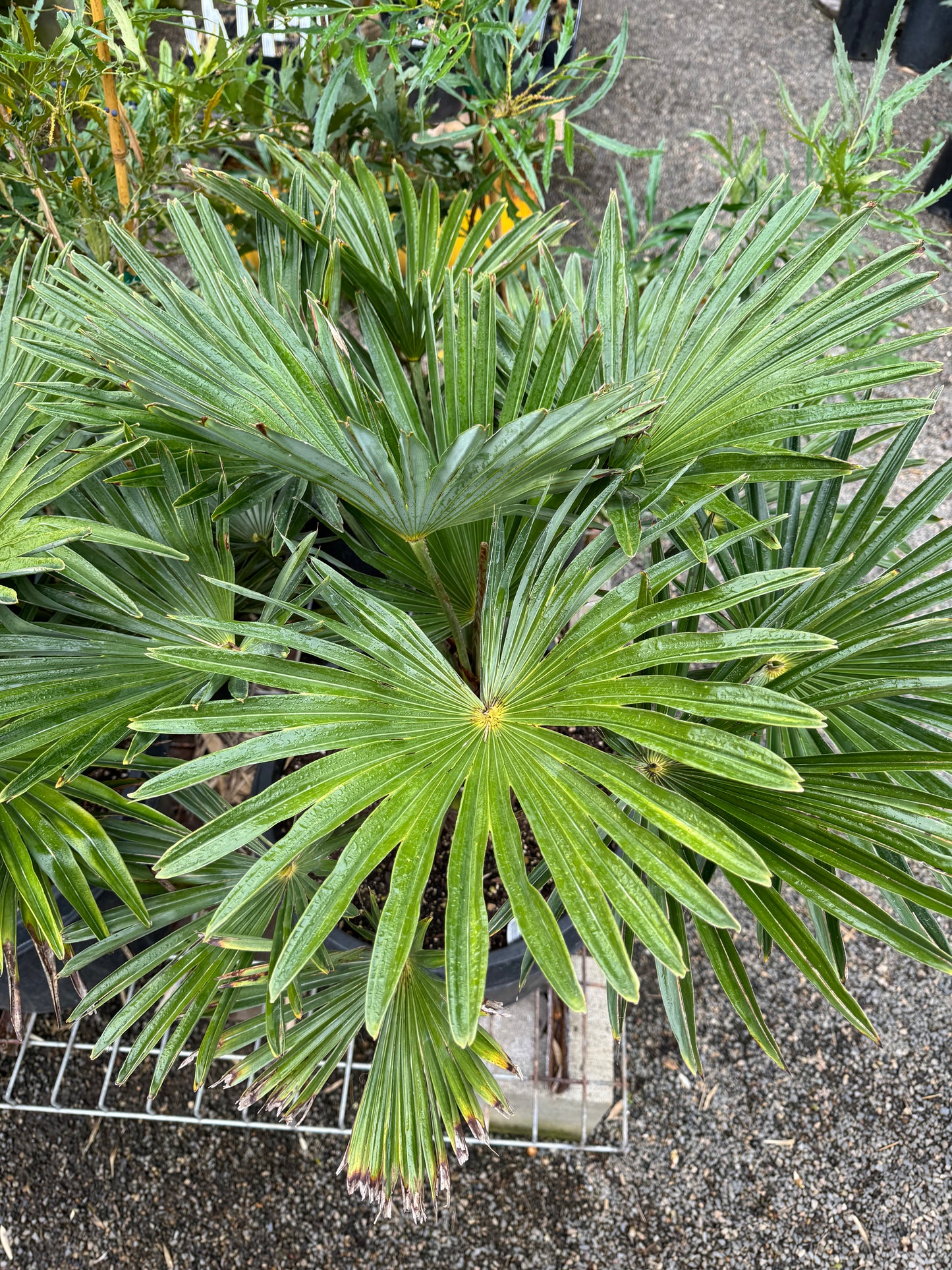The Resilient Windmill: Trachycarpus Wagnerianus, A Gardener’s Delight
Trachycarpus wagnerianus, often hailed as the “Dwarf Windmill Palm” or “Wagner Palm,” stands as a testament to nature’s artistry and resilience. This captivating palm, distinguished by its compact size and exceptionally robust, fan-shaped leaves, has garnered immense popularity among gardeners and landscape architects alike. Its ability to withstand harsh conditions, coupled with its elegant aesthetic, makes it a truly remarkable addition to any garden. This article delves into the intricacies of Trachycarpus wagnerianus, exploring its origins, characteristics, cultivation requirements, and landscape applications.
Origins and Botanical Background
While its exact origins remain somewhat shrouded in mystery, Trachycarpus wagnerianus is believed to have originated in cultivated settings, possibly in Japan. Early botanical records suggest its presence in cultivated gardens, and due to this there is some debate about it’s true location origins. It is from this cultivation that it has spread across the world.

The genus Trachycarpus belongs to the Arecaceae family, which encompasses a diverse array of palm species. Wagnerianus distinguishes itself through its distinct morphological features, which sets it apart from its more commonly known relative, Trachycarpus fortunei.
Distinctive Characteristics
One of the most defining features of Trachycarpus wagnerianus is its exceptional hardiness. Unlike many palm species, which are sensitive to cold and wind, Wagnerianus exhibits remarkable tolerance to these challenging conditions. This resilience can be attributed to several factors:
Sturdy, Compact Leaves
The leaves of Trachycarpus wagnerianus are notably rigid and compact, possessing a thick, waxy texture. This structure minimizes wind resistance, preventing tattering and ensuring the palm maintains its elegant appearance even in exposed locations.
Compact Growth Habit

Trachycarpus wagnerianus typically maintains a relatively compact growth habit, making it ideal for smaller gardens and urban landscapes.
Cold and Wind Tolerance
This palm exhibits exceptional cold hardiness, capable of withstanding temperatures well below freezing. This makes it a prized addition to gardens in temperate climates.
Cultivation Requirements
Cultivating Trachycarpus wagnerianus successfully requires attention to several key factors:
Soil and Drainage

This palm thrives in well-draining soil. Excess moisture can lead to root rot, so it’s essential to provide adequate drainage.
Sunlight
Trachycarpus wagnerianus prefers full sun to partial shade.
Watering
During the initial establishment phase, regular watering is crucial.
Fertilization
Occasional fertilization with a balanced palm fertilizer can promote healthy growth.
Landscape Applications
The elegant and robust nature of Trachycarpus wagnerianus makes it a versatile addition to various landscape designs:
Specimen plant
Its distinctive appearance makes it an ideal specimen plant, adding a focal point to any garden.
Container Plant
Trachycarpus wagnerianus thrives in containers, making it suitable for patios and balconies.
Coastal Gardens
Urban Landscapes
Asian-Inspired Gardens
Potential Challenges
Although relatively hardy, Trachycarpus wagnerianus can encounter certain challenges:
Root Rot
Poor drainage can lead to root rot, a potentially fatal condition.
Pest and Disease
While generally resistant to pests and diseases, Trachycarpus wagnerianus can occasionally be affected by scale insects or fungal infections.
Conclusion
Trachycarpus wagnerianus stands as a testament to the beauty and resilience of the natural world. Its compact size, robust leaves, and exceptional hardiness make it a treasured addition to gardens and landscapes worldwide. By understanding its cultivation requirements and appreciating its unique characteristics, gardeners can ensure that this remarkable palm thrives and enhances the beauty of its surroundings for generations to come.

